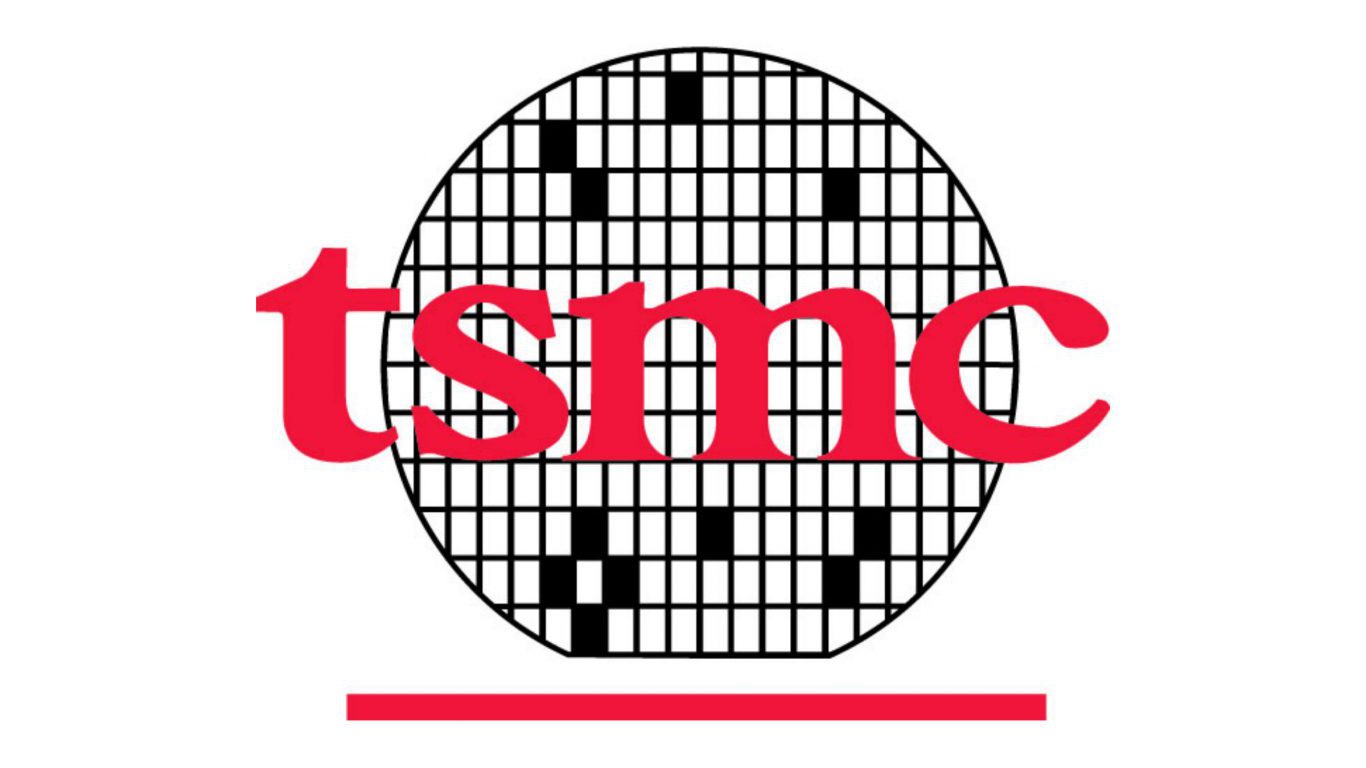Investing
Taiwan Semiconductor (TSM) Stock Price Prediction in 2030: Bull, Base and Bear Forecasts

Published:
Last Updated:

Taiwan Semiconductor has firmly established itself as the world’s leading semiconductor manufacturer over the past few decades. With cutting-edge production technology and a commanding market share, TSM is positioned at the forefront of innovation in a rapidly growing industry. However, technological disruption and competitive threats always loom on the horizon. As we look ahead to 2030, what is the plausible range for TSM’s stock price based on varying business scenarios? Let’s analyze the bullish, base, and bearish cases.

TSM stock could continue its steep upward trajectory if the company maintains leadership in advanced chipmaking. TSM is already pioneering 3nm production when competitors lag at 5-7nm. By 2030, exponential demand for high-performance computing could necessitate 1-2 nm fabrication. TSM’s first-mover advantage with existing and emerging technologies like GAAFET, nanosheet, and monolithic 3D stacking equips the company to drive this miniaturization.
You might be wondering, what are these technologies?
GAAFET (gate-all-around field effect transistor): Tiny gates wrap around the transistor to allow better control of power and performance.
Nanosheet: Extremely thin silicon layers stacked to allow more transistors to fit per chip area.
Monolithic 3D stacking: Chips layered vertically and connected internally to enable high bandwidth and low power.
As a leading semiconductor manufacturer, TSM stands to benefit from many the auto industry’s shift towards electrification in a few key ways:
Additionally, TSM’s capacity expansion ensures it can capitalize on the 200-400%increase in global semiconductor demand expected by 2030. With new cutting-edge fabs coming online in the US and Japan, TSM appears ready to supply leading-edge chips to growing end-markets like data centers, AI, autos, and the Internet of Things. This positions 2030 earnings potentially 6x higher than 2024 estimates near $30 billion. A proportional expansion of TSM’s P/E multiple could put its share price around $600.
While market leadership over a decade is no guarantee, TSM does boast formidable competitive strengths that provide a stable foundation. A world-class engineering team, high profitability, and strong customer relationships drive best-in-class production yields and reliability. TSM also benefits from specialization – focusing singularly on being a dedicated foundry sets it apart from IDMs like Intel and Samsung.
This formula should keep TSM’s earnings steadily if not spectacularly rising as semiconductor growth continues. Conservatively budgeting for 4-6% annual earnings expansion could reasonably scale net income 50% higher to near $20 billion by 2030. Applying today’s P/E multiple around 20x to these figures puts TSM’s future stock price around $400 – marked growth but more measured versus runaway upside.
That said, TSM faces risks from changing industry dynamics that could upend its growth trajectory. Silicon innovation pace may slow near physical limits – transitioning from today’s 12-24 month cadence to 3-5 years per node shrink after 2025. This could erode TSM’s process lead as competitors catch up.
Additionally, Intel’ surging foundry ambitions backed by America’s CHIPS act funding cannot be ignored. Intel aims to underprice and unseat TSM by offering customers subsidized access to leading-edge fabs in the US. This could deprive TSM of key customers like Advanced Micro Devices and Qualcomm over time.
If such challenges result in earnings declines, TSM’s premium multiple will compress. Its P/E contracting towards 10x would revalue TSM closer to $200 per share assuming today’s net income holds steady through 2030. While likely an overly pessimistic outcome, it indicates the fragility of tech valuations to shifts in market sentiment.
TSM’s standout execution and capabilities give confidence it can navigate future obstacles and sustain leadership in the decades-long runway for semiconductor growth. While technological and competitive hurdles will inevitably emerge, the most likely outcome sees TSM continuing a trajectory of stable revenue and earnings expansion. Of course, exact precision is impossible with these long-term forecasts. Nevertheless, investors can still apply a reasoned framework to handicap the range and probability of potential outcomes. In that analysis, the odds point towards TSM stock outpacing broader indices over the next decade – making it a compelling cornerstone for long-horizon portfolios.
The thought of burdening your family with a financial disaster is most Americans’ nightmare. However, recent studies show that over 100 million Americans still don’t have proper life insurance in the event they pass away.
Life insurance can bring peace of mind – ensuring your loved ones are safeguarded against unforeseen expenses and debts. With premiums often lower than expected and a variety of plans tailored to different life stages and health conditions, securing a policy is more accessible than ever.
A quick, no-obligation quote can provide valuable insight into what’s available and what might best suit your family’s needs. Life insurance is a simple step you can take today to help secure peace of mind for your loved ones tomorrow.
Click here to learn how to get a quote in just a few minutes.
Thank you for reading! Have some feedback for us?
Contact the 24/7 Wall St. editorial team.